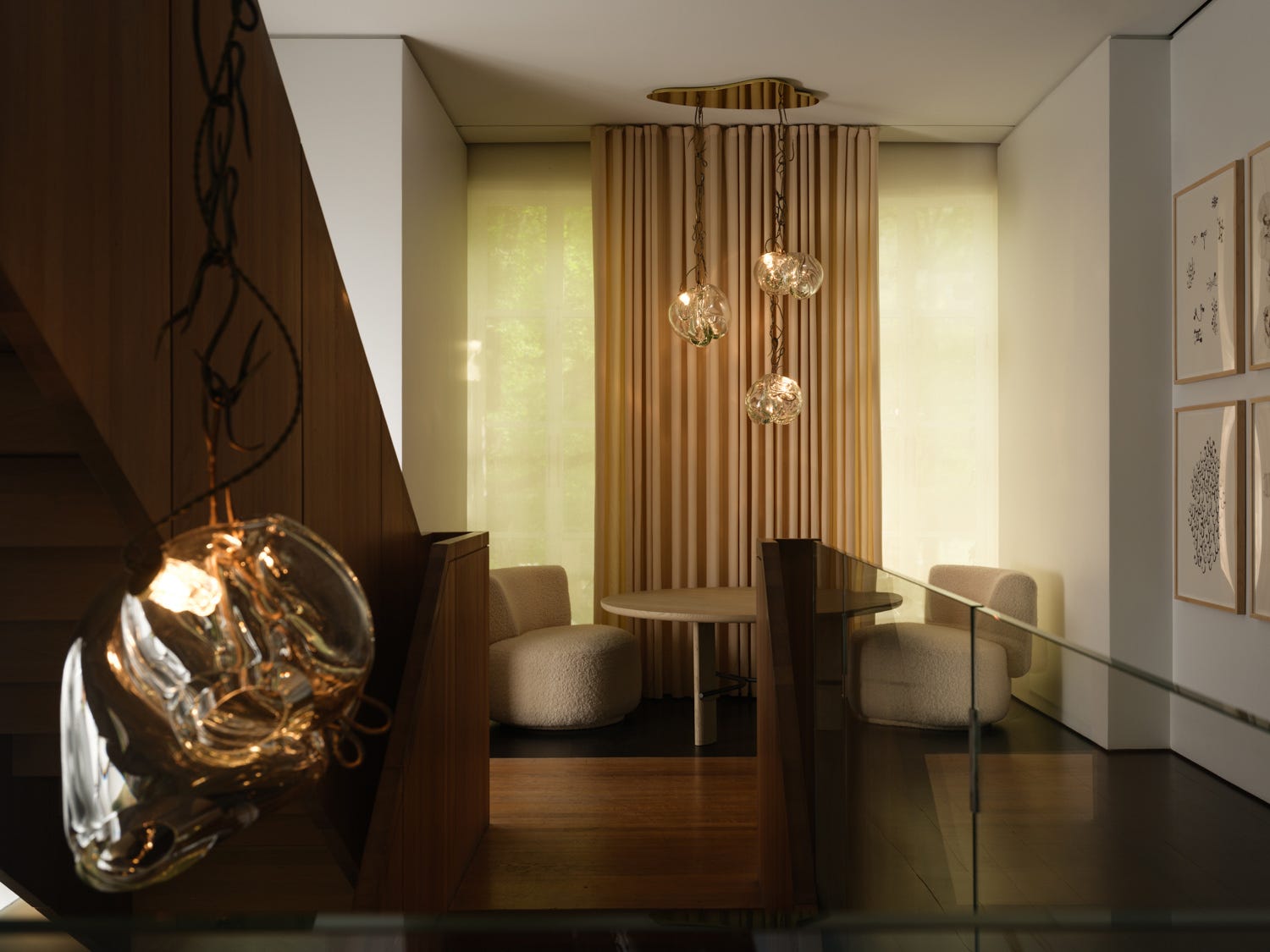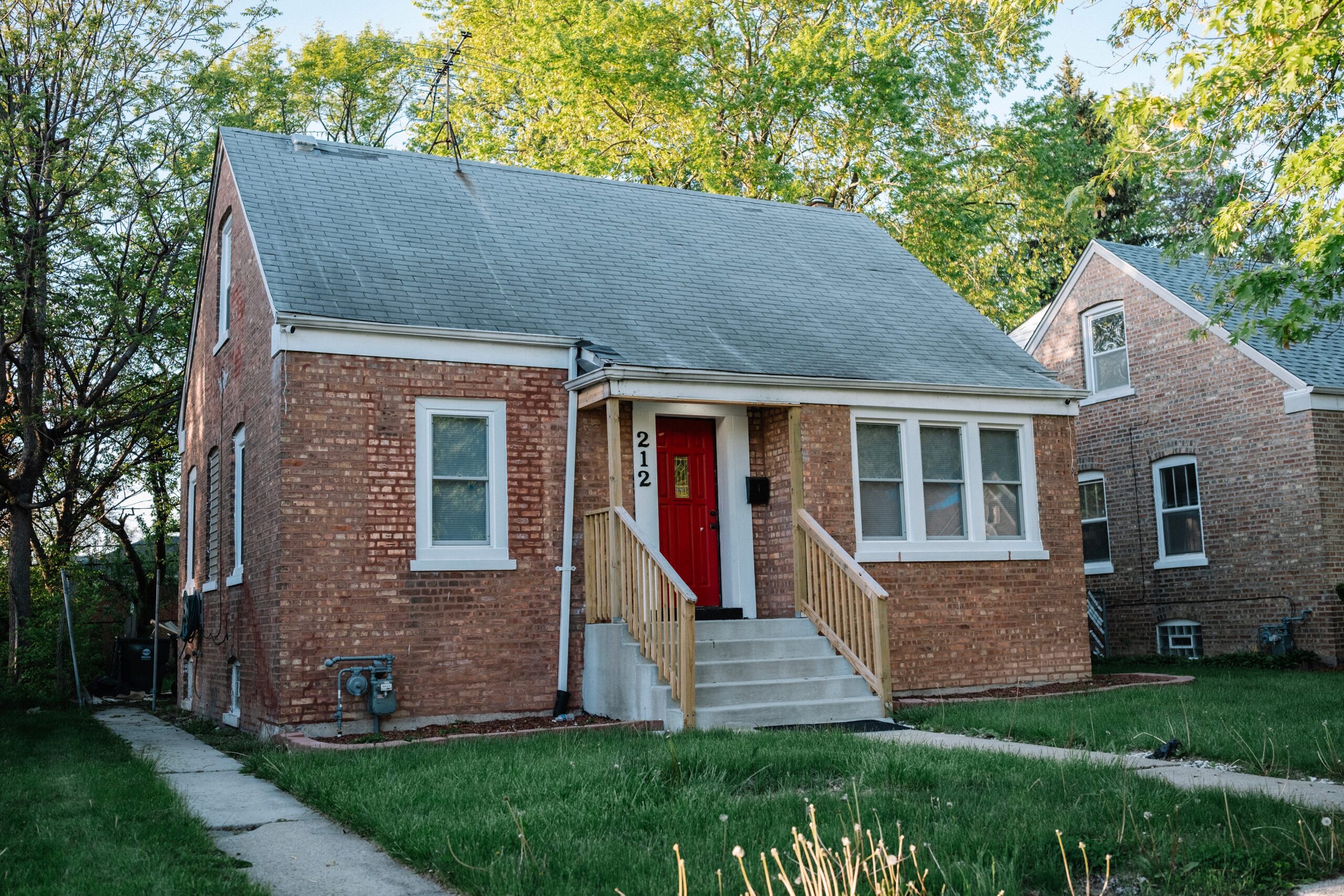Where to next? It’s a question that can confound creative types at the top of their proverbial game. But for the lighting designer Lindsey Adelman, whose studio will celebrate its 20th-anniversary next year, the most fertile ground to usher in her new era turned out to be some of the most familiar.
The Hardware Diaries is Adelman’s first fine art installation and her first exhibit at The Future Perfect since 2016, though she counts gallery founder David Alhadeff amongst her oldest and most trusted collaborators. It is there that she launched Knotty Bubbles and Clamp Light, two of her major collections, and where she’s also shown pieces from her first collection, Branching Bubble. This is the work that garnered her fans including actor Cate Blanchett and the artist Kara Walker. Adelman has always created bespoke pieces that draw in collectors as much as designers, so when she decided to take her practice in a new direction, crafting one-of-a-kind artworks rather than serialized pieces, it was Alhadeff with whom she wanted to do it.
“We have a lot of the same life philosophies,” says Adelman. “As a person he keeps learning and growing and shedding and evolving, and I think that’s reflected in his business.” Alhadeff agrees the two have reached a level of comfort that enables a creative shorthand. “That intimacy allows us to be vulnerable,” says Alhadeff. “And then the vulnerability lets us just cut through all the bullshit, so we go really deep, really fast.”
The 2016 exhibition title, Ambrosia, referenced a Greek myth about a violent king. The Hardware Diaries, while named for Adelman’s sketches, still draws heavily on themes of male dominance and power. For her to return to this dialogue through her practice at this moment in history is maybe not a coincidence. Pain is evident in Adelman’s work, to the point that pieces can appear almost sadistic: a pendant composed of hooks that ensnare contorted globes of glass; glowing ivory orbs stuck through with errant shards of turquoise.
But to hear Adelman talk about the pieces is to understand that confronting this kind of intensity is what brings levity. “I think people will feel the charged energy of the show. The masculine and feminine energies and the tension between them—that’s what’s interesting,” says Adelman. “My work has always presented this visual contrast. I want the glass forms to feel sensual and wild and feminine and out of control, but the only way they can feel that way is if you have a reminder of what they’re breaking free of, what’s pinning them down.”
Myth-making remains central to Adelman’s work, part of which she describes as a “transmutation” of ideas between herself and her many collaborators—a sort of alchemy. She describes her glass blowers as engineers, refining their work flow on the shop floor into a kind of choreography.
The initial stage of production, drawings in watercolor and black ink wash, a formative process that Adelman describes as “intuitive mark-making,” will be displayed for the first time alongside handmade vessels, connecting her imagination to its final expression. “I was recognizing forms and realizing that this is sort of my language,” says Adelman. “Everything that’s emerging on the page I can see manifesting in metal and glass.”
Manifesting is perhaps the perfect way to describe Adelman’s practice as it moves into this new, exploratory phase, leveraging artisan production to create work with an ever-deepening message. The irony is that, for an artist working with light, she finds herself most energized when she turns away from it. “My happy place is on a very dark, very loud dance floor in the middle of people,” says Adelman. “You’re a little out of control and feeling like, If I died right now I would be happy. I think that’s the feeling I want to keep making a body of work around. It’s sort of sacred.”

Sean Santiago is ELLE Decor’s Deputy Editor, covering news, trends and talents in interior design, hospitality and travel, culture, and luxury shopping. Since starting his career at an interior design firm in 2011, he has gone on to cover the industry for Vogue, Architectural Digest, Sight Unseen, PIN-UP and Domino. He is the author of The Lonny Home (Weldon Owens, 2018), has produced scripted social content for brands including West Elm and Streeteasy, and is sometimes recognized on the street for his Instagram Reels series, #DanceToDecor






